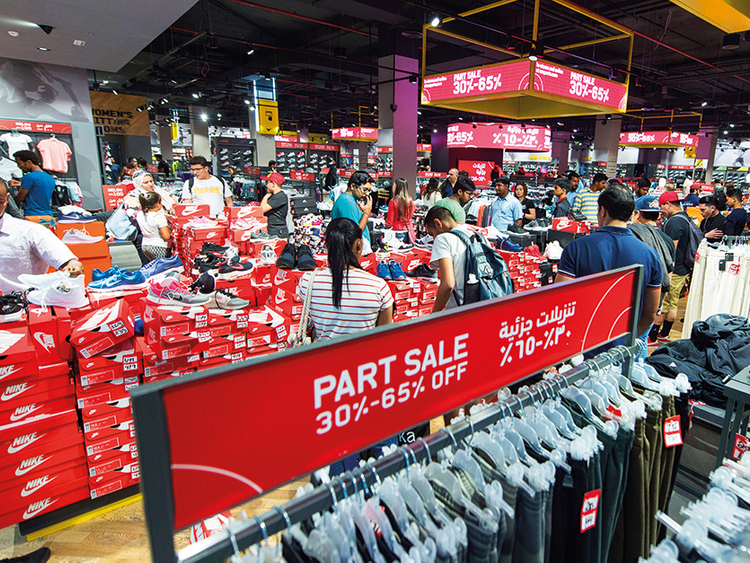While the contours of the retail world are in a flux, there is still a strong case for retail shops meeting a deep, instinctual need in people.
In his stunning book called ‘The Future of the Mind’, Michio Kaku, the physicist and futurologist, explains what he calls the ‘Caveman Principle’.
“Given a choice between high-tech and high touch, we opt for high touch every time,” he says, and gives the example that if we are given a choice between tickets to see our favourite musician live or a CD of the same musician, we would most likely opt for the concert.
Basic human behaviour is “hardwired into our brains. We need the proof of the kill, we trust concrete evidence and not ephemeral electrons dancing on a computer screen”. A large portion of our consciousness he says, “is devoted to looking good and trying to impress members of the opposite sex and our peers”.
This is why people as social animals need to bond together. He reminds us that many of the predictions made in the last decade have not really fully materialised. We still do not have paperless offices, have to go to meetings and perform better in groups. While the world has moved a long way towards the digital age, basic human behaviour still directs many of our actions.
At a recent retail conference, the overwhelming sense that I got there was of confusion, almost despair. The elephant in the room — e-commerce — loomed large over discussions and it was evident that people were floundering for answers. In the Q&A session, one very senior retailer got up and said, “We want someone to show us the way”.
The fact is e-commerce is here to stay and growing at a galloping pace. Will it overshadow brick-and-mortar retail? Perhaps, to some extent. Will it completely destroy touch-and-feel selling? Perhaps, unlikely.
While Kaku’s hardwired human behaviour may hold true, I also believe that over time some aspects do get modified. The hunting instinct of people could very well be satiated online. For example, a mobile or laptop buyer today would in all probability do an online trawl for the best deals. The same would hold true for many products and that is why some purchase decisions are predominantly online now — travel bookings, movie and event tickets, news and information, etc.
But there are still many reasons why customers would end up in their closest brick-and-mortar store:
■ Confidence and trust in the store — I know what I get will be genuine and reliable.
■ The relationship with the store — These are people I know and like to buy from them.
■ Immediate availability — I don’t need to wait to get what I want.
■ The process of purveying the product — touching and feeling it.
■ The process of trying the product — How does it look on me?
■ The confidence in human after-care — I know they will take care of me.
■ The fun of shopping — I love to go around and see what is available.
Online shops are of course rushing to find ways around all of these retail pillars, building their own relationships, reducing delivery times, allowing people to try products and return if they wish, taking care of post-purchase needs. They are also presenting almost endless options (the long tail), recommendations and similar products, easy comparison of prices — and lower and lower prices.
Notice in the brick-and-mortar list, I have not mentioned prices. The search for lower prices is ubiquitous. It is perhaps the modern way of satisfying the hunting instinct.
No surprise therefore that even in the most exclusive stores, people who can easily pay regular rates are constantly pushing for better prices. In a weak business climate this need gets exacerbated as people try and stretch their money.
There are however some online strategies that could be adapted to brick-and-mortar stores. For example,
■ Providing quick information alongside products means customers do not have to ask. Sephora and Apple have done this very cleverly.
■ Building product relationships by creating product stories for customers to quickly see what can go with what.
■ Curating options and alternates so that customers can make quick informed choices between similar products.
■ Extending the offering to include stocks which may be available elsewhere but not in this shop.
I have eschewed mention of “brand” in our discussion, because this is now quite pervasive. There are very few brands that are only available offline. Increasingly, even the most exclusive names are popping up online. The benefits of choosing a brand as a repository of all that it stands for are well established, but where people would prefer to buy it would likely be based on the factors we have discussed above.
Is it a battle for supremacy, or a carving out of territories? Time will tell.
Ajai Kumar Dayal is a senior executive with a leading retail group. The views expressed are his own.












